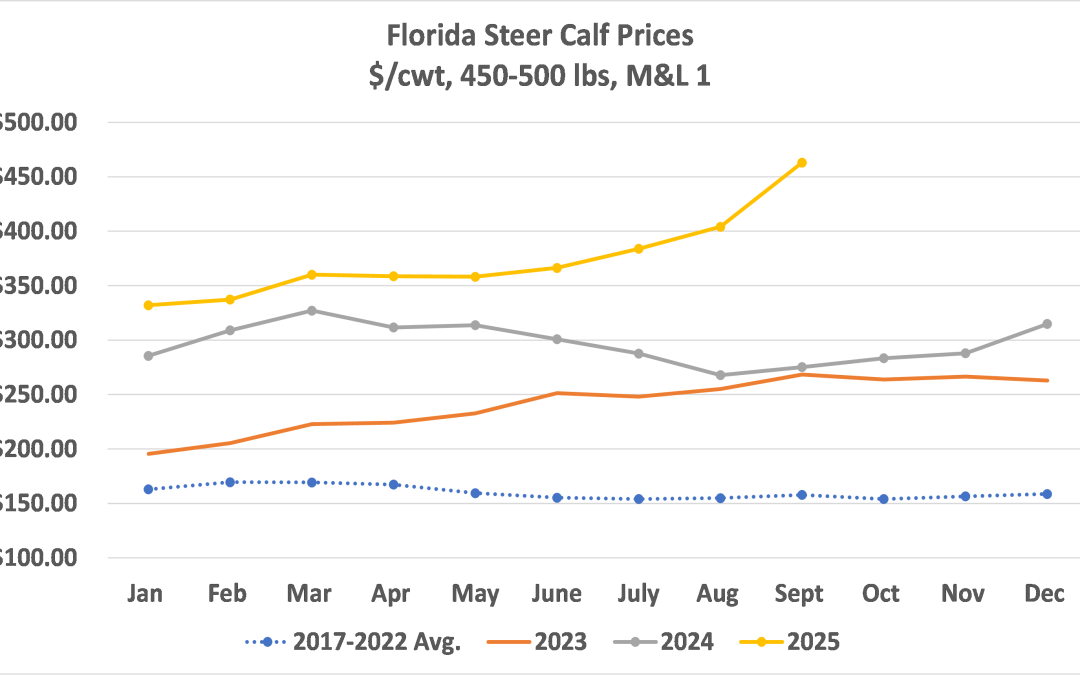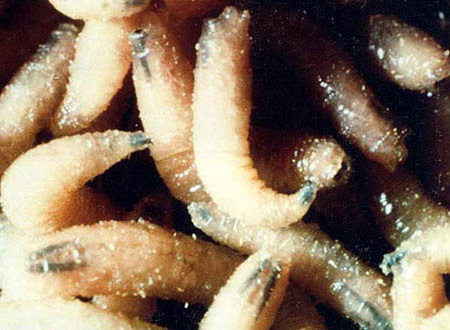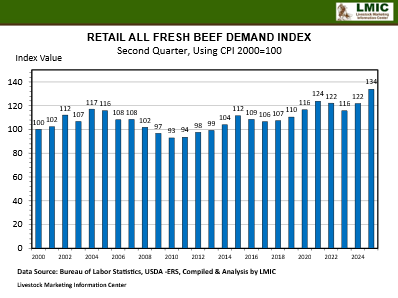
by Hannah Baker | Oct 3, 2025
Lower Temperatures & Higher Calf Prices Fall is officially here! At the time of writing this in late September, temperatures were starting to cool off in the mornings and evenings as we head into the fall months. This means that warm season perennials will begin...

by external | Oct 3, 2025
Source: FDA Press Release On September 30, 2025, the U.S. Food and Drug Administration (FDA) conditionally approved Dectomax-CA1 (doramectin injection) injectable solution for the prevention and treatment of New World Screwworm (NWS) larval infestations, and...

by Angela Gonella-Diaza | Sep 19, 2025
Maria Camila Lopez, Mauro Venturini, Angela Gonella, UF/IFAS NFREC-Marianna, Kalyn Waters, UF/IFAS Extension Holmes County, & Pablo Fernando Quiroga Millares, DVM-Columbia Introduction In the United States, the vast majority of cow-calf operations rely on...

by external | Sep 19, 2025
Mark Z. Johnson, Oklahoma State University Extension Beef Cattle Breeding Specialist Some basic rules of thumb to follow when determining the hay supplies you will need to sustain your cow herd over the winter and into next spring. Determine your average mature...

by Marcelo Wallau | Sep 5, 2025
Marcelo Wallau, Maria Elena Mailhos,Ashley Kanobroski UF/IFAS Agronomy Department Forage Team, Cheryl Mackowiak, UF/IFAS NFREC Soils Scientist, and Diwakar Vyas, UF/IFAS Animal Sciences Ruminant Nutritionist Selecting the right forage varieties can significantly...

by Hannah Baker | Aug 29, 2025
Strong Prices & Strong Demand Heading into Fall Prices have remained strong throughout 2025 so far, and it is looking to stay that way at the time of writing article. Prices for 525-pound steer calves across Florida averaged $3.70/lb. in August, up roughly 50%...







